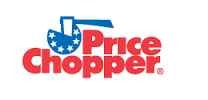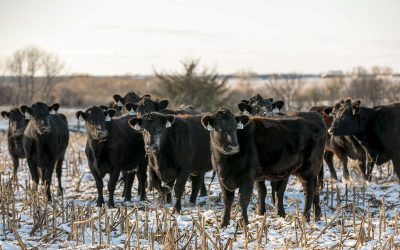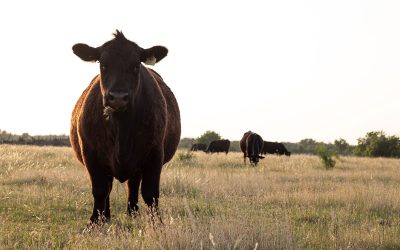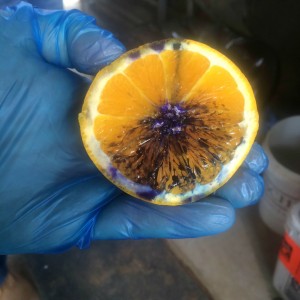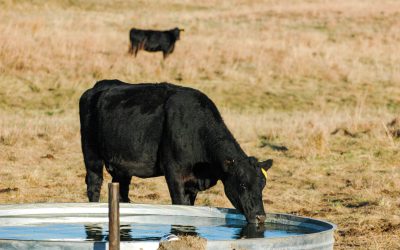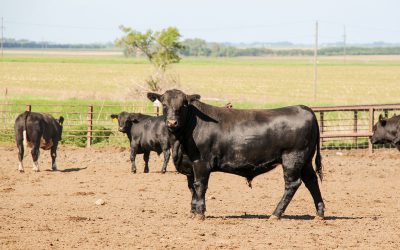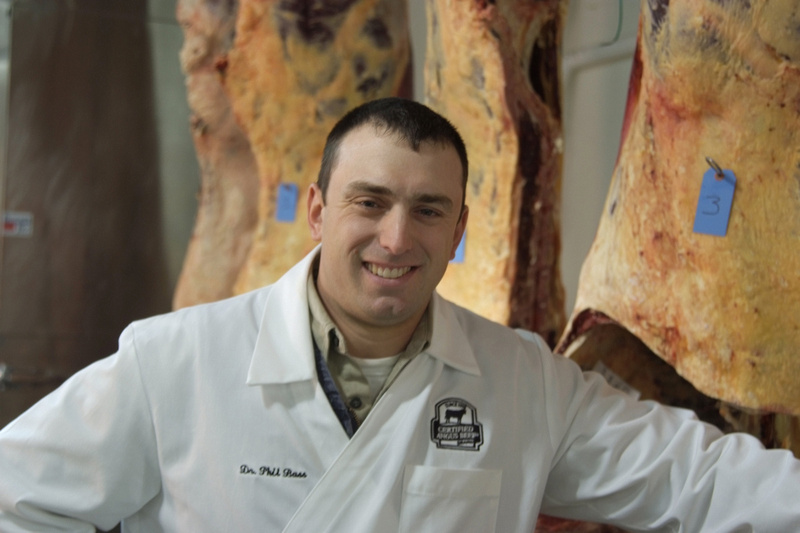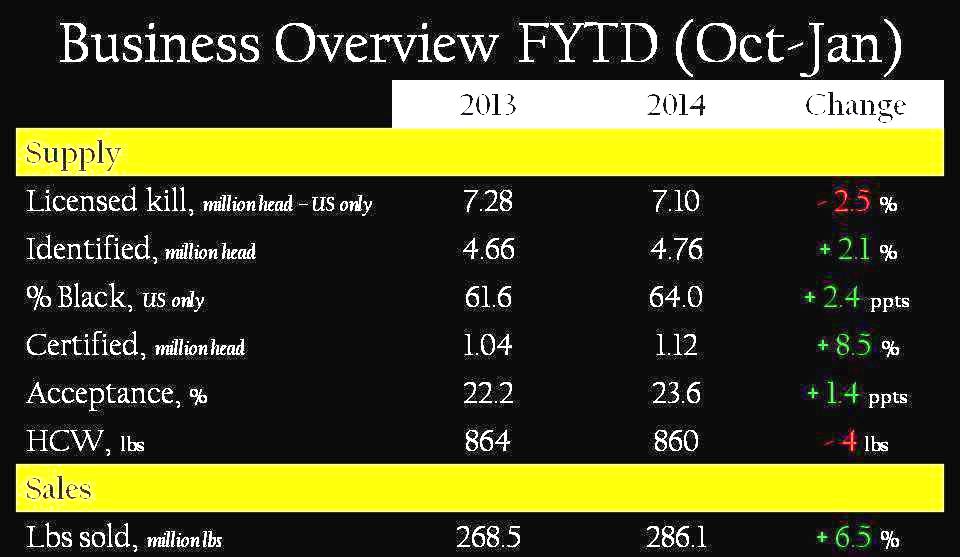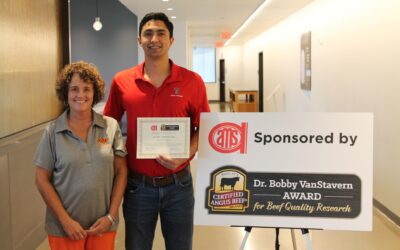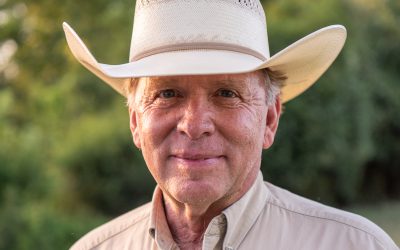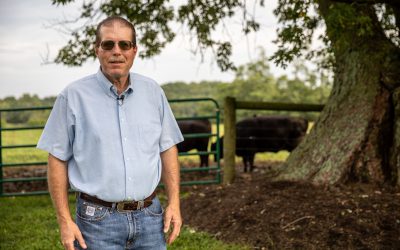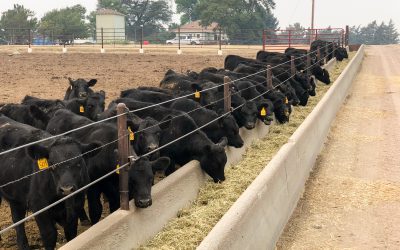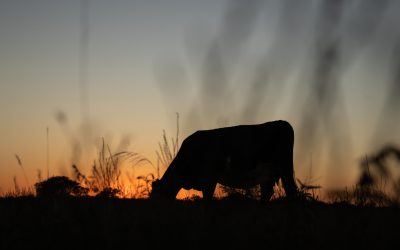
Nice to Meat Ya: Tim Toussaint
“Hey, these rounds are really going crazy right now!”
Odd conversation starter? For Price Chopper’s Tim Toussaint, it’s just a typical Wednesday afternoon chat.
As a longtime Meat Merchandising Category Manager for the successful retailer, Tim’s job is, for lack of a better term, to manage meat. And after 40 years with the company he’s bound to have picked up some jargon along the way.

Beef, ground beef, pork – that’s Tim’s playing field.
The veteran New Yorker never imagined a part-time job at 16 would pull him away from a life in central New York to a corporate office view in Schenectady. But a good job can do that to a person and Tim’s living proof that working hard can have its benefits.
“I do love the business. I love the meat end of it,” he says. “Being a third generation meat man, grocery man, I think it is in my blood because when I was 16, I wanted to work in a grocery store.”
If you’re wondering why meat, it’s because “that’s where all the money was being made and that’s where all the cool guys worked!”
“I feel very fortunate,” he adds.
Cattlemen should, too.
Analyzing markets, studying trends, trying to decide when to sell and when to hold back – Tim’s job runs a close parallel to the men on horseback.
“There’s just no rhythm,” he says of his responsibility to get all 138 stores what they need when they need it.
“The phone starts ringing, the stores start calling. You’ve got 10 feet of snow in Buffalo, you’ve got three trucks that aren’t going to make it.”
Will he have enough product to cover those stores? Take solace in the fact that he’ll find it and has likely been anticipating such a scenario.
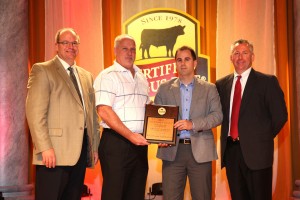
“Most of the meat I book, I book out front as when I feel the markets are most favorable,” he shares. “It doesn’t always work that way but it’s the game plan and I like to think I’m a little better than 50/50.”
Judging by the expansion of the family-owned chain, with locations in six states and growing, it’s safe to say Tim has become pretty good at making an educated estimate.
Rest assured there’s folks like him all over the country who share your value of quality beef.
Thanks for allowing me to tell your story,
Laura
PS–Catch up on this whole series with these links:
- Day 1: Ashley Pado
- Day 2: Scott Redden
- Day 3: Jesse Stucky
- Day 4: Bridget Wasser
- Day 5: Amanda Barstow
- Day 6: Josh Moore
- Day 7: Ruth Ammon
- Day 8: Bill Tackett
- Day 9: Dan Chase
- Day 10: Danielle Foster
- Day 11: Eric Mihaly
- Day 12: Jennifer Kiko
- Day 13: Mark Morgan
- Day 14: Meg and Matt Groves
- Day 15: Rod Kamph
- Day 16: Jonnie Schreffler
- Day 17: Brent Eichar
- Day 18: Alberto Diaz
- Day 19: Larry Kuehn
- Day 20: Bob Boliantz
- Day 21: David Livingston
- Day 22: Danny Harris
- Day 23: Tony Biggs
- Day 24: George Falb
- Day 25: Liz Wunderlich
- Day 26: Josh Comninellis
- Day 27: Mike Martin
- Day 28: Bruce Longo
You may also like
Premium Beef, Premium Production
The Certified Angus Beef ® brand is often advertised as “the best,” and taste secured its growth around the globe. As a younger generation of consumers has more buying power in the market, their expectations of high-quality beef are expanding. Here’s how the brand is meeting this new wave of demand.
More Than Steak and Potatoes
Yesterday’s steak and baked potato is today’s beef brisket from the restaurant downtown. The food scene is changing, driven by a new age of consumers who want more. They seek new flavors and attributes on the packaging, but still expect beef to taste great.
2022 Was as Predicted
If there was a lesson in 2022, it was that the beef market is very sensitive to declines in quality grade, as evidenced through price signals. It’s the first time in recent history where we’ve gone backwards — albeit ever so slightly — and customers are telling us they have unfulfilled demand. That’s reflected in the premiums paid, and that’s saying something after two years of extremely high premiums.

